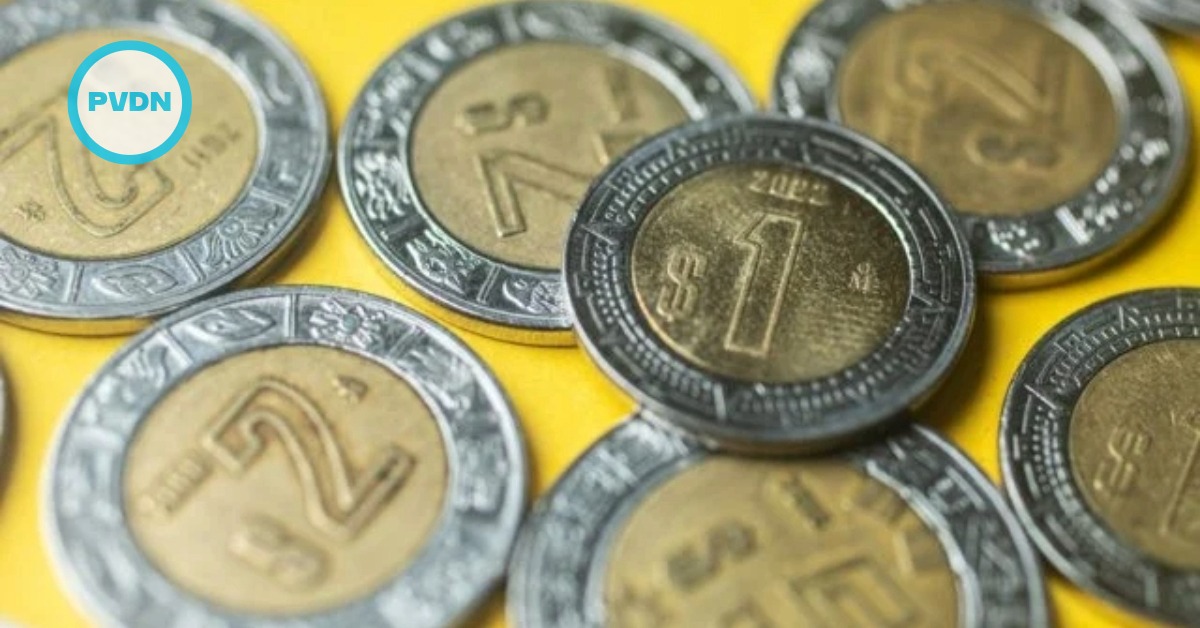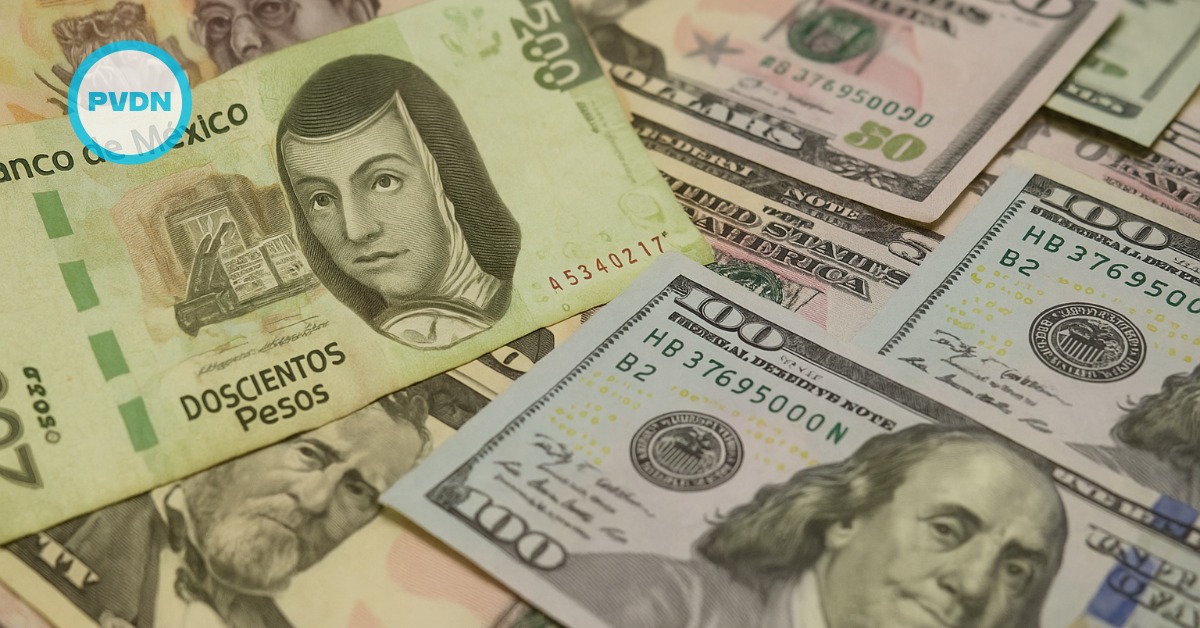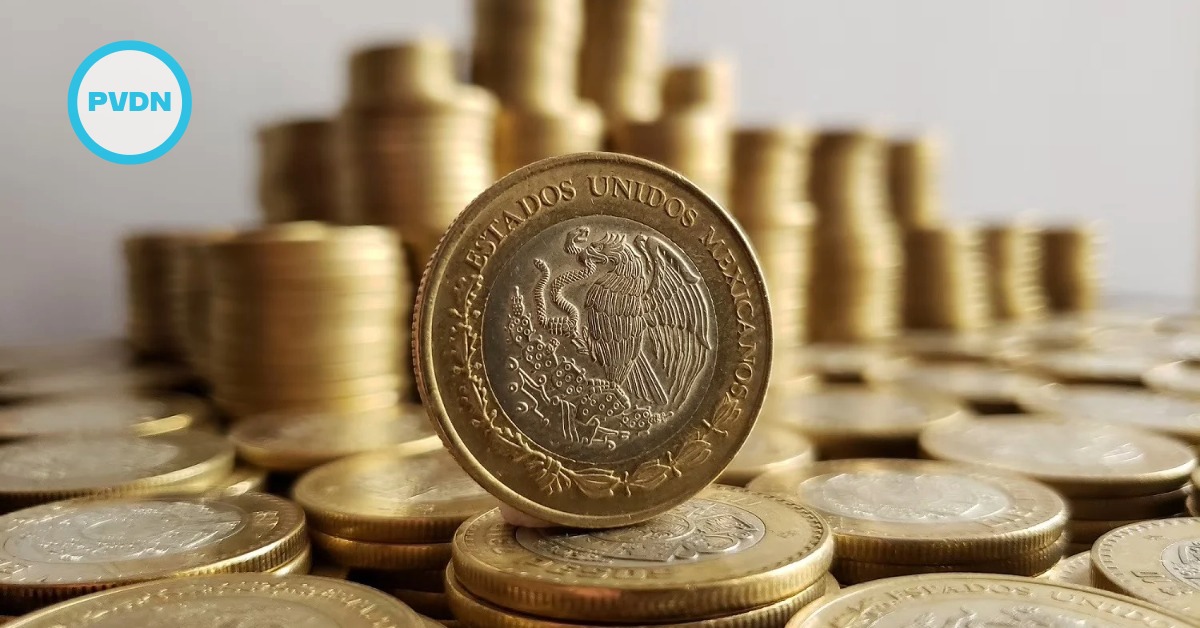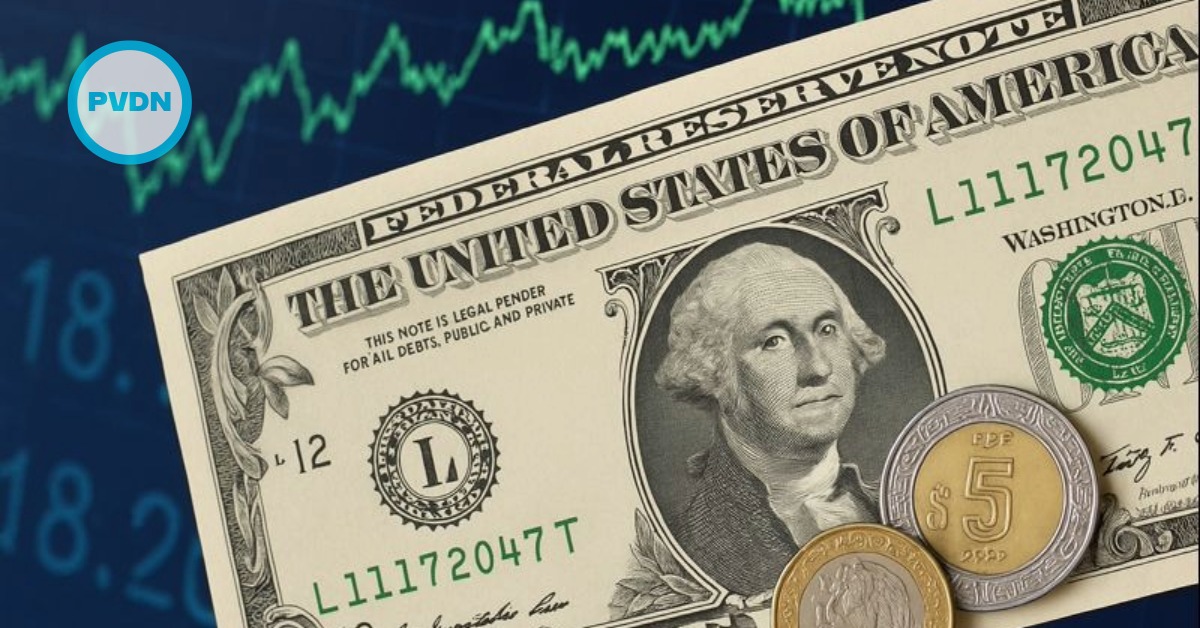Puerto Vallarta, Mexico - The Mexican peso experienced its largest weekly depreciation since early November, driven by low liquidity during the December holiday season and a strengthening U.S. dollar as markets anticipate a more cautious stance from the Federal Reserve regarding interest rate cuts in 2025.






